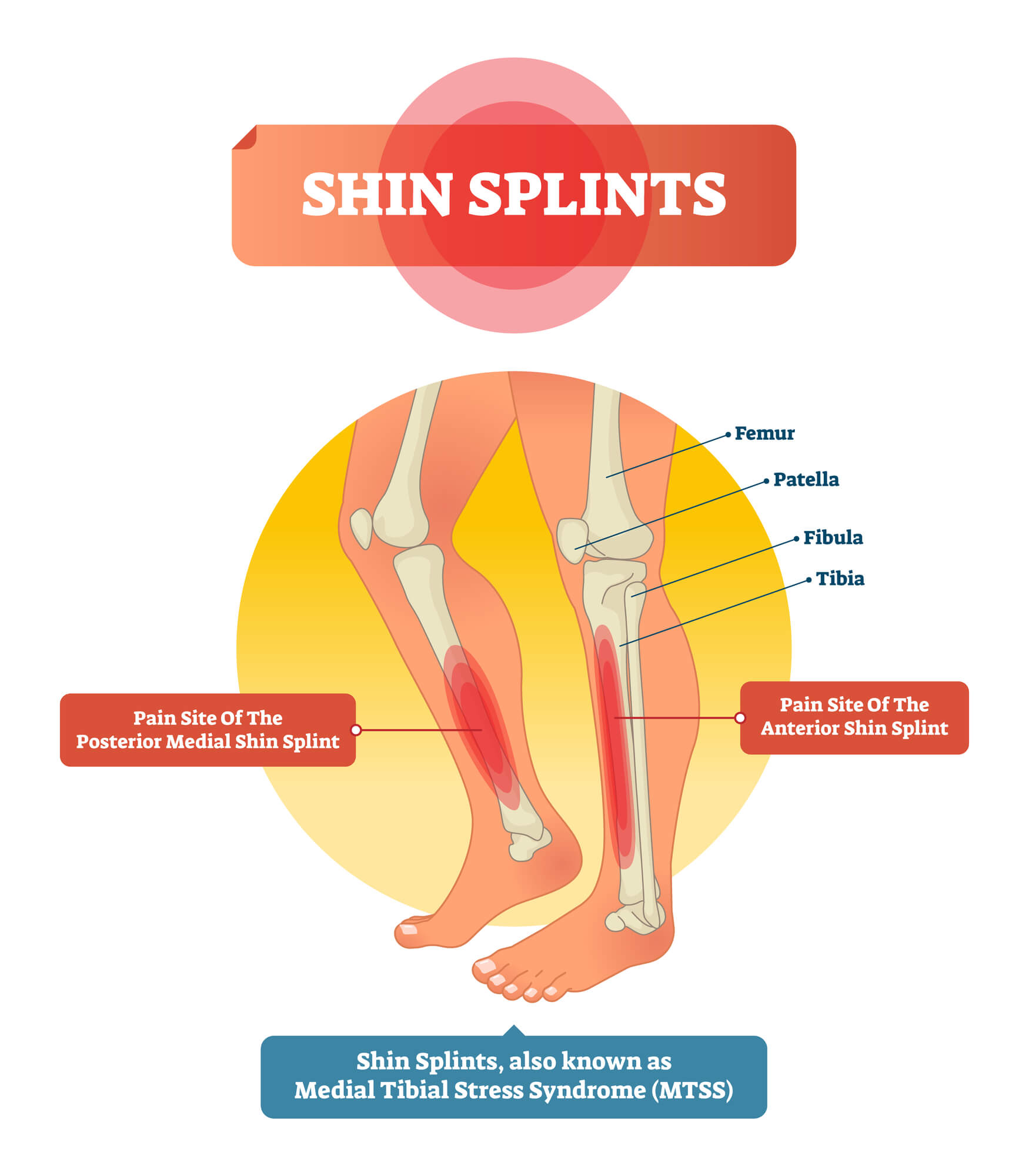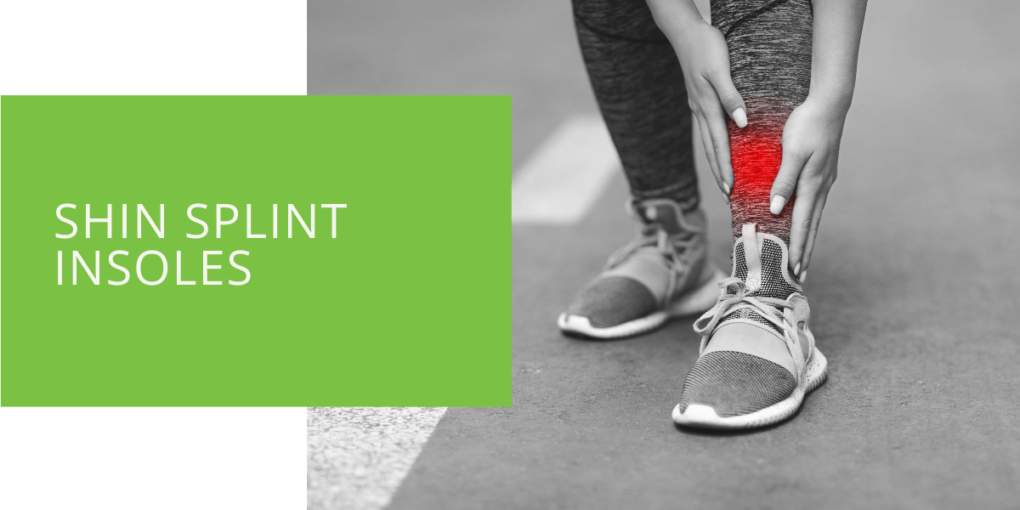Understanding Shin Splint Insoles
Shin splints, medically known as medial tibial stress syndrome, are a common lower leg injury often experienced by runners, athletes, and individuals who engage in repetitive activities like running or walking on hard surfaces. While shin splints can be frustrating and painful, the right insoles can offer relief and support to manage symptoms effectively.
Key Takeaways
- Insoles for shin splints offer essential arch support, cushioning, and alignment correction, which are crucial for reducing pain and preventing further injury.
- Orthotic insoles provide personalized solutions for biomechanical issues, while prefabricated options cater to various foot types and activity levels.
- By absorbing impact and promoting proper foot alignment, insoles help prevent the development of shin splints, ensuring a pain-free and active lifestyle.
The Role of Insoles for Shin Splints
How Insoles Alleviate Shin Splint Pain
Shin splints occur when the muscles and tendons surrounding the shin bone become inflamed due to overuse or repetitive stress. This inflammation leads to pain along the inner edge of the tibia, the larger bone in the lower leg. Insoles for shin splints help by providing additional cushioning to absorb shock and reduce the impact on the lower leg. By distributing pressure evenly across the foot, insoles can alleviate discomfort and prevent further irritation of the affected area.
Benefits of Using Insoles for Shin Splints
Using insoles specifically designed for shin splints offers several benefits. These include enhanced comfort during physical activities, improved shock absorption to reduce strain on the lower leg, and better support to prevent overpronation or excessive inward rolling of the foot. Additionally, wearing insoles can aid recovery by promoting proper alignment and reducing stress on the affected muscles and tendons.
Types of Insoles for Shin Splints
Arch Support Insoles
Individuals with flat feet or fallen arches are more prone to developing shin splints due to the lack of natural arch support. Arch support insoles are designed to address this issue by providing additional support to the foot's arch. By maintaining proper alignment, these insoles help distribute weight evenly and reduce strain on the shin and surrounding structures.
Orthotic Insoles
Orthotic insoles, also known as custom orthotics or orthotic inserts, are specially designed to address biomechanical abnormalities that may contribute to shin splints. These insoles are often prescribed by podiatrists and are customized to fit the individual's unique foot shape and gait pattern. Orthotic insoles can help correct issues such as overpronation, supination (excessive outward rolling of the foot), or abnormal foot alignment, thereby reducing the risk of developing shin splints.
Shoe Inserts for Shin Splints
Shoe inserts for shin splints are prefabricated insoles that can be inserted into athletic shoes to provide additional cushioning and support. These inserts are available in various materials and thicknesses to suit different foot types and activity levels. While they may not offer the same level of customization as orthotic insoles, they can still provide significant relief for individuals experiencing shin splint pain.

Choosing the Right Insoles for Shin Splints
Considerations When Selecting Insoles
When choosing insoles for shin splints, it's essential to consider several factors to ensure the best fit and effectiveness. These factors include the individual's foot arch type (high, medium, or low), the severity of shin splint symptoms, and the type of physical activities they engage in regularly. Additionally, selecting insoles compatible with the individual's footwear is crucial to ensure proper fit and functionality.
Features to Look for in Shin Splint Insoles
When shopping for shin splint insoles, look for features such as adequate arch support, cushioning material that provides shock absorption, durability, and longevity to withstand regular use, and compatibility with various types of footwear. Some insoles may also feature additional support features, such as a deep heel cup or contoured design, to provide targeted support and stability where needed.
How Insoles Help Prevent Shin Splints
Correcting Biomechanical Issues
One of the primary ways insoles help prevent shin splints is by addressing underlying biomechanical issues that contribute to the development of the condition. For example, individuals with flat feet or high arches may be more prone to developing shin splints due to improper foot alignment. Insoles with arch support can help correct these issues by providing additional support and promoting proper foot alignment, reducing the risk of overuse injuries like shin splints.
Absorbing Impact and Reducing Stress on Shins
Insoles for shin splints are designed to absorb shock and reduce the impact of repetitive activities like running or walking on hard surfaces. By providing cushioning and support to the foot, insoles help distribute pressure evenly and reduce strain on the muscles and tendons surrounding the shin bone. This, in turn, can help prevent microtears and stress injuries that can lead to shin splints and other lower leg injuries.
Conclusion
Insoles for shin splints are crucial in managing symptoms, preventing injury, and promoting overall foot health. Whether you have flat feet, high arches, or are prone to overpronation, insoles are available to suit your needs and provide the support and comfort you need to stay pain-free and active. At ePodiatrists, we understand the importance of proper foot care in maintaining an active lifestyle. Our team of experts is here to help you find the best insoles for your unique needs and support you on your journey to pain-free living. Schedule an appointment today and take the first step towards healthier, happier feet.

